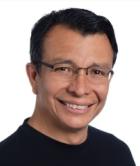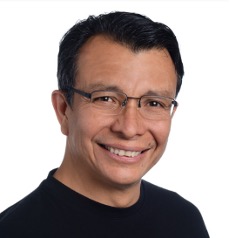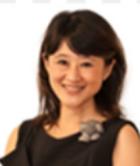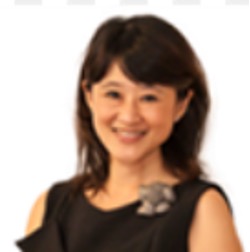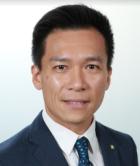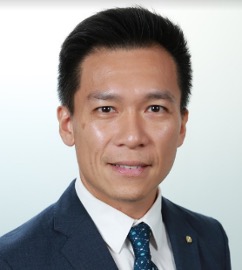Advance Technology in Healthcare Management
Schedule
5:30 pm
-
7:00 pm
SAI Lab
English
Advance Technology in Healthcare Management
- Magnetic developmental forces, hidden to our eyes, but imperative of health and longevity
- We evolved in an electromagnetic realm. It thus makes sense that life on this planet evolved to exploit this ever-present physical force to modulate growth and aging. Since the time of Albert Einstein physicists have predicted that magnetic fields would influence the chemistry of life, but experimental findings to this end have been unconvincing, at best. I will provide evidence that magnetism is a legitimate developmental force, fine-tuned by evolution, and necessary for the maintenance of all our body’s tissues. Most importantly, we have shown that both environmental and supplemental magnetic field modulate muscle development, our largest and most clinically and socioeconomically relevant tissue. Muscle is our largest tissue and hence, has evolved to play a predominant regulatory role over whole body balance. Our muscle health goes so does our well-being, health and longevity. Provocatively, our optimized magnetic field paradigm has been shown in animal and human studies to be very effective in accentuating muscle ability to promote health and therefore, potentially to improve quality of life in later years.
- A New Way to Good Wound Management
- Wounds, especially Pressure Ulcers and Diabetic Foot Ulcers, is among one of the most common challenges in eldercare. Almost 2 in 10 of elderly patients in the inpatient setting suffer from pressure ulcers. For bed bound patients staying at home, the frequency of occurrence is high and likelihood of infection and related ailments lead to increased re-hospitalization and length of stay. While preventable, the challenge in the community is caregiver education, wound care skill sets, standardization of workflows, insufficient assessment documentation and difficulties in monitoring. Research shows that good wound assessment and healing monitoring typically lead to better treatment plans and care outcomes. The combination of technologies e.g. mobile apps, 3D cameras, image processing, teleconferencing and visualization tools with workflows and algorithms can quite readily achieve these objectives. Even caregivers or lesser skilled care providers can get involved in the wound assessment process with the help of technology, leaving experts to manage the treatment, monitoring and interventions. This clearly improves access to wound care and quality of life for elderly staying at home.

